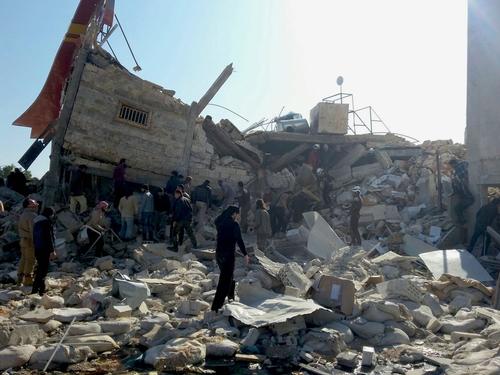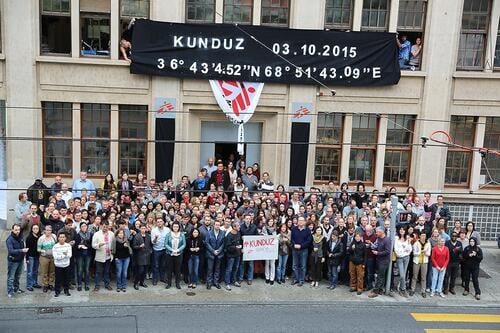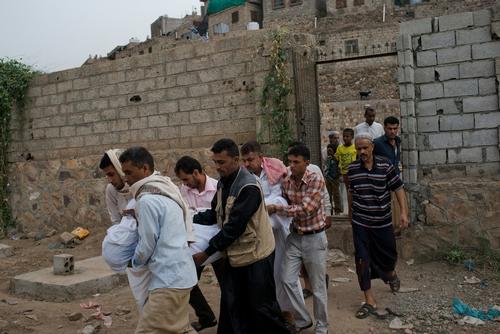Nearly 100 medical facilities belonging to, or supported by, Médecins Sans Frontières (MSF) have been bombed since 2015. The vast majority were in Syria, the others in Yemen, Afghanistan, Ukraine and Sudan. MSF considers it vital to establish the facts and ascertain who was responsible for each of the bombings so that it can continue – with at least some assurance that civilian facilities will be protected – to provide assistance while demanding justice and reparation for those affected. But how can the perpetrators be taken to task when they deny, contest or minimise their responsibility and describe their attacks as simple errors?
Denouncing the perpetrators to combat impunity
MSF can do little against those responsible for bombing its facilities, medical staff and patients. Beyond filing a complaint with the court in the relevant country, we can ask the International Humanitarian Fact-Finding Commission (IHFFC) for an independent and impartial inquiry. The only permanent body set up specifically to investigate international humanitarian law violations, the IHFFC requires the consent of those involved to be able to take action. Called on after the US army airstrike on the hospital in Kunduz, Afghanistan, the Commission was unable to launch an inquiry because the US did not give its consent.
All too often, the only real redress available to MSF is to publicly denounce perpetrators of bombings in the hope that the damage to their image will incite them to modify their practices. Investigations use amateur photographs and video footage to help reconstruct the ’crime scene‘, which can prove very useful in supporting such denunciations. Using cartography, image analysis, and legal and architectural expertise, research agency Forensic Architecture collects and analyses images taken of a crime committed by a State to establish the facts and ascertain who was responsible. MSF recently asked the agency to look into the airstrike on Ma’arat Al Numan hospital that happened just over 12 months ago in the Syrian province of Idlib.
Proof in pictures of bombing of Ma’arat Al Numan hospital
On 15 February 2016, the MSF-supported Ma’arat Al Numan hospital was hit by rocket fire. Twenty five people, including an MSF staff member, were killed and 11 others wounded. The casualties were taken to another hospital that was targeted later the same day. After the attack, Dr Mego Terzian, president of MSF’s French section, publicly accused the Russian-Syrian coalition of being responsible for the bombings – a conviction based on an analysis of the context, the military forces present and testimonies from Syrian civilians (some known to MSF for some time) who were at the scene. The accusation led to a cascade of reactions from the governments of Russia and Syria, ranging from denials to accusations of spying
The Forensic Architecture team has conducted an investigation based on videos and photographs circulating on social media, taken by medical personnel, activists and ordinary citizens. The team has authenticated and analysed the images to reconstruct the bombing. While their investigation does not provide solid evidence, it does confirm MSF’s conviction as to the responsibility of Syrian and Russian forces in the bombing of the hospital in Ma’arat Al Numan. Russian and Syrian planes were seen taking off from their respective bases at a time and location that corresponds to the strikes, while examination of video footage of one of the planes shows its resemblance to the MiG-23 that the Syrian army alone uses in the country. The Forensic Architecture investigation goes on to confirm the use of ‘double/triple tap’, i.e. repeated bombing of the same target at close intervals – a clear illustration of the relentless persecution of civilians and relief organisations in Syria.





